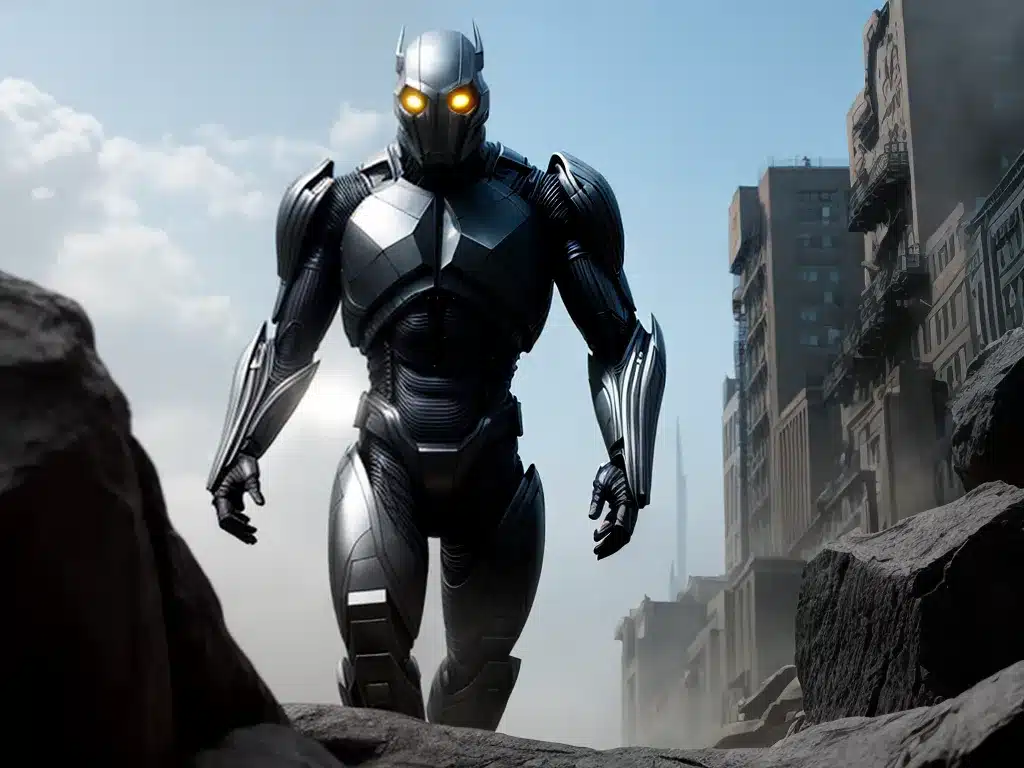Introduction
Visual effects (VFX) have become an indispensable part of Hollywood blockbuster filmmaking. As an aspiring VFX artist, I am fascinated by the incredible techniques that bring imaginary worlds to life on the big screen. In this article, I will provide an in-depth look at some of the most important VFX techniques used in major Hollywood productions.
Matchmoving
Matchmoving is the process of matching CG elements to the live action footage. It involves tracking specific points on the live action scene and replicating the resulting camera movement in a 3D software. This allows CG elements to move realistically and appear as if they were part of the original shot.
To pull off matchmoving convincingly, VFX artists attach tracking markers to certain spots on the set or actors. Powerful software like SynthEyes or PF Track then analyzes the movement of the markers frame-by-frame to calculate the position, rotation, and other attributes of the camera. This camera data is then imported into 3D software like Maya to replicate the same camera motions with digital assets.
Matchmoving is essential for compositing CG characters or vehicles into live action environments seamlessly. Recent films like The Mandalorian relied heavily on virtual production techniques like LED walls. But matchmoving was still required to insert digital elements into the LED environments accurately.
Motion Capture
Motion capture (mocap) is the process of recording a live actor’s movements and translating them onto a digital character model. It generates highly realistic animations by capturing the nuances of an actor’s performance.
For mocap, actors wear special suits with markers that track their joint positions and facial expressions. This performance is recorded by a system of cameras from multiple angles. Powerful software like Vicon Blade then processes this data to drive the movements of the CG character.
Mocap was a game-changer for crafting emotional and lifelike digital characters. Prominent uses include Gollum from Lord of the Rings, Caesar from Planet of the Apes, and Thanos from the Avengers films. The subtle acting nuances captured through mocap brought these fantasy characters to life.
Photogrammetry
Photogrammetry is the technique of generating 3D models from a series of photographs. It involves taking hundreds of high-resolution photos of a subject from all angles. Sophisticated photogrammetry software like RealityCapture then analyzes these photos to generate a detailed 3D scan.
Photogrammetry is extensively used to create realistic digital doubles of actors and environments. For instance, in Rogue One, the late Peter Cushing was revived as Grand Moff Tarkin using photogrammetric scans of the original actor. Entire cityscapes have also been scanned using photogrammetry to create digital backdrops.
The great advantage of photogrammetry is its simplicity. Delicate details like skin pores, wrinkles, and hair fibers can be captured easily without complex hardware. The resulting 3D assets integrate seamlessly with other CG elements.
Simulations
Realistic simulations are crucial for crafting large-scale destruction FX like fire, smoke, water, and explosions. Powerful physics engines like Houdini are used to procedurally generate extremely complex simulations with high detail.
These simulations start with some basic inputs like flow speed, temperature, density, etc. The software uses complex mathematical formulas to automatically generate the dynamic motion and randomness of natural phenomena. This would be almost impossible to craft manually.
For example, the fiery dragon Smaug from The Hobbit was brought to life using complex simulations of turbulence, temperature variation, and reacting fuel sources. Similar simulations also drove the massive dust cloud creature in Interstellar. They added tremendous realism to these fantastical creatures.
Rendering
Rendering is the final process of generating 2D images from 3D assets. It simulates the complex interaction of lights and surfaces to define the final pixel colors and shading. Photorealistic renders are essential for compositing digital objects seamlessly into live action footage.
VFX films rely heavily on advanced ray tracing and path tracing algorithms for realistic rendering. Ray tracing accurately simulates light behavior by tracing individual light ray paths. Meanwhile, path tracing samples billions of light paths to simulate real-world camera effects like depth-of-field, motion blur, and noise.
Rendering is a computationally heavy process that requires massive render farms with thousands of high-end GPUs. For example, some frames of Avengers: Endgame took up to 100 hours to render due to the scene’s complexity!
Compositing
Compositing integrates all the rendered CGI elements with live action footage to produce the final shots. Greenscreens are commonly used to isolate foreground actors and replace the background digitally. The compositing artist then meticulously adjusts qualities like color, lighting, shadows, and perspective to blend the elements convincingly.
Powerful tools like Nuke provide advanced keying algorithms and color grading capabilities needed for photoreal compositing. Additional effects like lens flares, atmospherics, muzzle flashes, and debris enhance the shot’s realism. Finally, the shots are edited together into the final movie sequences.
Skilled VFX compositors are masters of illusion, fooling audiences into believing fantastical creatures and worlds are as real as the main actors. Their work is indispensable for selling the visual impact and excitement of blockbuster spectacle.
Conclusion
Behind every convincing monster, robot, or futuristic world in a blockbuster lies incredible talent and technology. Through cutting-edge tools like matchmoving, mocap, simulations and compositing, VFX artists are able to blur the lines between reality and fiction. The astonishing visual illusions crafted by VFX studios make the imaginations of directors come to life on the big screen. As VFX technology and artistry continue evolving, I am excited to see what awe-inspiring new worlds they will bring to Hollywood films.













